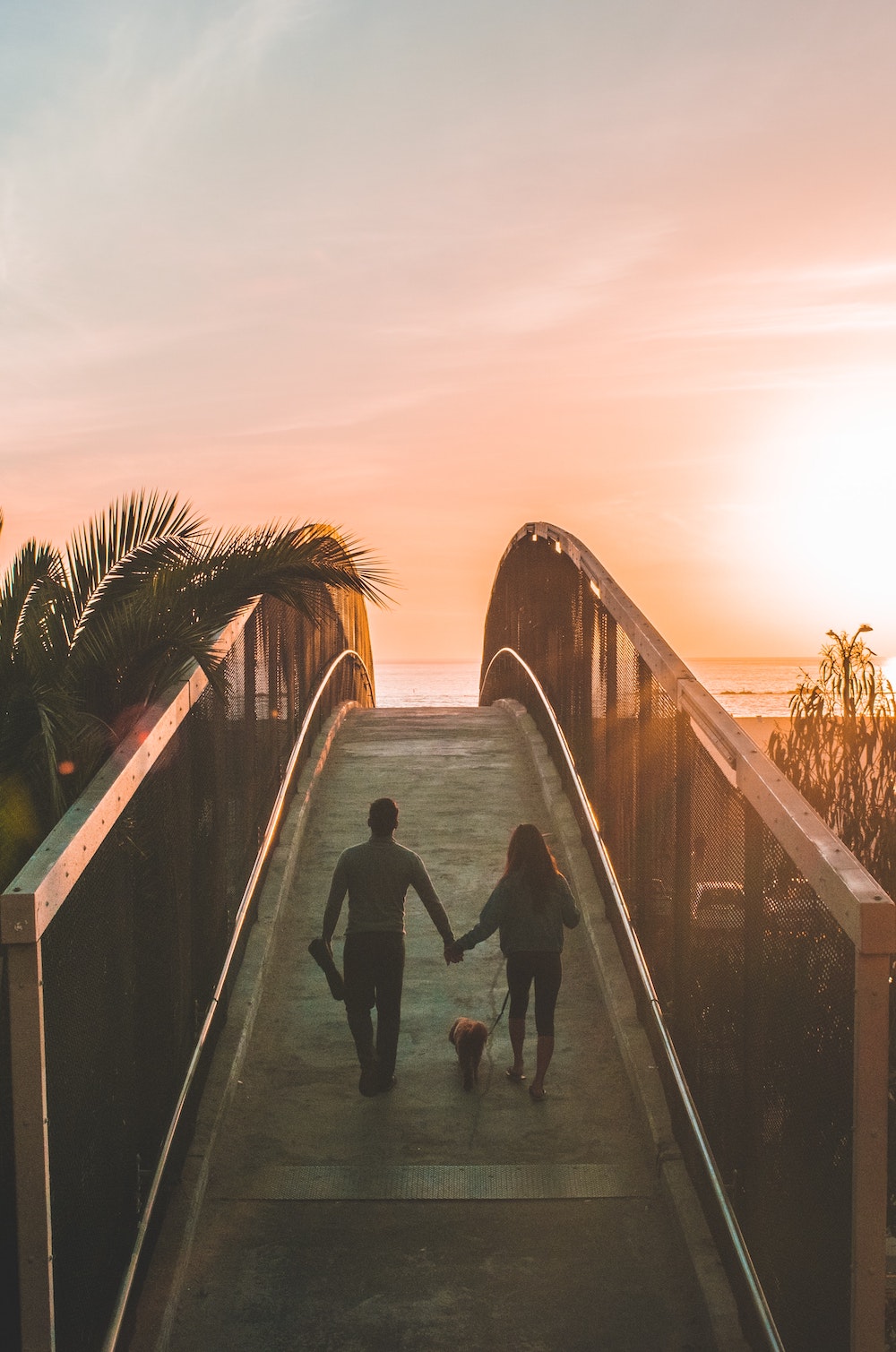On this street we don’t return dishes empty. A cup of flour given to a neighbor circles back as a warm brownie. The little metal container that once held turmeric is returned with kale seeds that are abundant in the garden. Kids flow up and down the street along with the spices and baked goods. A texting thread emerges between parents about where the kids are, if they’ve had lunch or if they haven’t been seen for a bit and need locating. Kids emerge again at the park or the hollow or on the open space trails next to chirping prairie dogs.
We put roots down in the little town of Lafayette years ago and our community nourished them. At the same time the history of this place has made me want to pull up those roots and flee.

Lafayette was founded on coal mines. Since its founding money has been made by taking what is under our feet, selling it and burning it. There is a headstone in the town cemetery that commemorates six men shot and killed in a coal mine strike in 1927. Under town are abandoned coal mine veins that connect Little Herbal Apothecary, la Carnicería y Tortilleria de las Américas, the children’s museum and the book store, Ras Kassa’s Ethiopian Restaurant and the taco truck, the florist that used to have a koi pond and now grows weed, gravel alleys with murals painted on garages. The coal mines cause sinkholes in the middle of downtown streets. Coal left in those mines still burns. It can take hundreds of years for the coal to burn itself out. It is a phenomenon that happens all over the world from China to India to Pennsylvania. Australia’s Burning Mountain is an underground coal fire that has been burning for 6,000 years. In Lafayette we don’t know if and where the fires may be.
After the coal companies left our area the oil and gas companies came sniffing around. They developed technology to bust open the shale in new ways to extract even more oil and gas to burn. On Colorado’s front range, which happens to be an oil field, a housing boom happened in conjunction with a fracking boom. These industrial fracking facilities are close enough to schools that a leak forced the evacuation of a high school football game in Greeley. Giant fireballs arose in the middle of neighborhoods in Broomfield and Windsor and Firestone. Benzene spikes recorded near an elementary school prompted the removal of air monitoring equipment which was not returned. Kids get nosebleeds, asthma and increased risk of childhood leukemia.
So when Extraction 8 North optioned the land around our neighborhood and our kids’ school for fracking it seemed so terrible we should be able to stop it. If I just worked hard enough and joined those around the state who were also trying to protect the streets they loved. We could be a force to make the drilling stop.
Days became months became years of marching, demonstrations, letters to the editor, volunteer organizing, educational webinars, fracking info sessions, ballot initiatives, legal battles and lobbying at the capitol. There were meetings. So many meetings. First they were in person, then on zoom, and now it is a mix. Fighting fracking repatterned my brain. I woke up in the middle of the night, eyes wide, sheets balled up in my sweaty fists, my neurons glowing with rage, as I screamed in my head at the commissioners who approve all the drilling.
At potlucks with the neighbors I no longer listened when they shared about their lives. I barely heard about whatever job changes were happening or who was doing which house project or where we should go camping. I was trying to figure out the best time to ask if they would sign my petition, show up to city council to talk about electrification, or ask if they have emailed our new state representative yet.
I began to notice on zoom meetings the faces of the volunteers like me didn’t multiply, just aged. We produced hundreds of written public comments and hours of testimony. Industry just kept on fracking.
My kids grew from riding on the back of my bike to school to being able to ride to school on their own. Each day they rode on the open space paths behind our homes. I imagined the coal mines that still burned under our feet as we walked on those paths and wondered when we’d be swallowed up by it all. This is not an unreasonable fear. Two of the towns just to the west of us, Louisville and Superior, were decimated by a fire that destroyed almost 1,000 homes in the middle of winter. One of the potential causes of the fire is a coal seam that has been burning underground for 100 years.
Fracking is a climate change inducing carbon bomb exploding as we watch. Drought has intensified in Colorado in the decades that I have been here and the Colorado River is in a critical state. Each new wildfire becomes the worst in Colorado history. The air quality is so bad on the front range that the EPA has noticed. There are many days in the summer we are supposed to keep the kids inside because the air quality is too poor to play outside. Sunlight interacts with the toxic emissions from the oil and gas facilities and the result is dangerous for little lungs as the kids run around the neighborhood.
All of the above and more I communicated during public comment, in letters to the editor, in blistering quotes in newspaper articles. Each year in Colorado about 1,000 more wells are approved for drilling.
My brain clicked back and forth between escape and activism, between flight and fight.
I started a Zillow search for new homes in the midwest, Des Moines, Ames, St Paul, places with less drilling and more water and better air. I looked for job postings in New Zealand that I thought I could qualify for, with hopes I could immigrate away from fracking. I asked my husband to apply to a job I heard about in Spain. I researched school buses converted into homes and how to get my commercial drivers license so I could operate one and get the hell out.
Sometime during all of this, during the pandemic parenting and climate panic and fear, my drinking started spiraling. I didn’t lie, but I was sneaky, and maybe there is no difference. I poured a hard seltzer at 4pm into a glass so it didn’t look suspicious and hid the can at the bottom of the recycling bin. Then maybe I’d have another. I would have a beer or glass of wine with my husband at dinner, like normal. Then I’d pour some whiskey into my nighttime tea, hoping the strong chamomile covered the smell of booze. No one asked what I was drinking, if they had I am pretty sure I would have told the truth, but that was never tested.
In the middle of a zoom meeting with a new commissioner, one who represented the oil and gas interests, I felt unhideable abdominal pain. I apologized and left the meeting, commando crawled to the bathroom, pulled myself up to the toilet and made myself vomit, hoping it was just food poisoning. The pain immobilized me. Both my kids were born without any pain meds, both sunny side up, which means posterior position, which means extra pain. My husband was there for both and has therefore spent tens of hours witnessing me experience a considerable amount of pain. When found me immobile on the bathroom floor, he looked scared and that scared me.
Our ER nurse was Walt. His daughter goes to my kids’ school. She played on the soccer team my husband coached. Because, of course. That is the town we live in. All the tests came back with nothing. I was embarrassed to waste everyone’s time with my pain.
After many false starts, and some confessional conversations, I finally took a break from drinking. I hadn’t realized that I had been drinking myself to sleep and had to relearn how to fall asleep sober. I stopped waking up in a rage at 3am. When my head cleared and my sleep improved I started to see more beauty and be able to be more present. I was able to slow my brain and listen.
It prepared my brain for a story that changed my outlook. We were at a neighborhood goodbye potluck for Mary. Mary had lived in her house for decades. She never had children but was a neighborhood auntie. She remembered all the birthdays of the kids who lived up and down the street and delivered cards and homemade treats. She was retiring from food service and moving from Colorado to Nebraska where life might be a little slower and her money might go a little farther. During all the years on our block she cultivated an ecosystem of plants in her yard that many of us up and down the street tried to emulate. There were Colorado poppies, irises, honeysuckle, lavender and sage that she propagated and shared among the neighborhood. It was a well loved space that invited a visit and a run through. The plants weren’t so manicured that the kids, birds and insects couldn’t play in her yard.
Here’s the story I heard at Mary’s goodbye celebration: fifteen years ago our neighborhood was at the edge of developed land. To the east was home to coyotes, bullsnakes, foxes, insects and native plants that I am still learning to identify. Unofficial trails and paths crisscrossed through the open space and neighbors who had lived on this street long before we did, the ones who raised their kids and were becoming grandparents now, used those paths with their kids. It was the best part of living there. When the plans for development came to be our neighbors got upset. It was enough to contemplate moving, thinking about the beige houses twice the size and cost that would back up right to their modest houses.
They organized and talked to the city. They negotiated for the open space trails that we use every day. The trails that I thought existed because abandoned coal mines burned under our feet and could not be built upon, those trails actually turned out to be a gift from my neighbors from years ago.
I don’t know if that was the first time that story was told but it was the first time I was able to hear it. Once I could hear it, once I could see the trails as a gift of organizing rather than remnants of extraction, I could see other beauty and gifts where I thought only destruction existed.
I could see it in my yard as we work to replace the water intensive grass with low water plants. There is a purple iris gifted by my next door neighbor. It is a wild iris from Texas that her Nona cultivated then saved as a rhizome. Lavender and rose colored larkspur that surround the iris also grow up and down the east side of the street. For a while we only knew it as “espoleen” which was the Spanish word my neighbor’s mother used when she sprinkled the seeds in his yard. Now each season when the larkspur goes to seed we might get a handful. Or he might go rogue and throw flower seeds around the neighborhood while he is out walking his dog.
When Mary came down to say goodbye on her last day I looked around at my choked yard and lamented my weeds. I expressed my gratitude for our lack of HOA. I would never have gotten away with the sunflower and milkweed forest that grows in my yard at the end of every summer. She reminded me that gardens aren’t just for people. “Don’t you want things to be a little wild in our rigid lives?” she asked as she left.
Later that day I started caring for the plants, pulling out the vine weed and deadheading the mountain sage to make space for the lavender. Collecting dirt under my fingernails and on my knees, I thought about the other beings that might be enjoying the garden. When I slowed down enough and turned my attention toward the life in front of me I saw it. The kids and I found a toad hopping around and stopped to watch it pretend to be a rock and then hop away again. Goldfinches were visiting, as they do every year, to flit and enjoy the sunflower seeds. We saw grasshoppers, bunnies, swallowtail butterflies, bees that I am convinced live in my neighbor’s hive. She always shares her honey.
I feel like a sunflower whose head had slowly turned away from the sun to focus on the shadows. I’m grateful the world started calling me back again. I’m inspired to co-create a future that focuses on building what we love. It isn’t linear, but that slow turning that is working at a different rhythm, pace, life than the activism fueled by adrenaline, urgency, and reactivity. I’m still working on fighting fracking but more slowly and thoughtfully. Every time I open my back gate to the open space trail that exists between my neighborhood and the new one I say “thank you.” I say it twice if a coyote is running by.
I want to transform the fear into something beautiful. When fear is buried it rots, it stinks, it pollutes, it causes abdominal pain. It is food waste in the trash. But if we turn it over, add some sunlight and some oxygen fear can transform. It is an apple rind in the compost. It becomes something new and life-giving. Soil food. It is a warm brownie from gifted flour or a kale seed that becomes many salads.
Get more like this—Sign up for our daily inspirational newsletter for exclusive content!
__
Photo: Hossein Gholami via Unsplash




